“Happiness is a state that evolves from actualizing what matters most to us.”
—either Kate Northup in Do Less, or Tiffany Dufu in Drop the Ball; I made terrible notes about which book this was from, but the fact that I wrote longhand notes on both these books tells you they’re each worth reading!
Do you ever leave bills out on your desk (or kitchen counter, or other main workspace) because you’re afraid that if you file it away, you’ll forget to pay it? I call these “triggers”—physical reminders of things I need to get done.
If things are hidden, I forget about them. But I also struggle with focus, task initiation, and motivation (among other traits, ha!), so it can be: (a) distracting to have all these triggers all around me; and (b) discouraging to see how behind I am on things.
Utilizing triggers can be strategic or even necessary, but I find it helpful to manage or leverage them to our advantage.
Before I get into today’s strategy, here’s a few more examples of triggers in case you’re someone who’s on top of their bills and have no idea what I’m talking about:
a basket of clean laundry that needs to be put away
obsolete technology you don’t know what to do with
dirty dishes in the sink
a DOOM pile (Didn’t Organize, Only Moved)
My offering today is that we turn triggers into prompts or “breadcrumbs”.
To turn a trigger into a prompt, we take something that is visual and in-our-face, and tuck it away—but in such a way that we will find it when we’re looking for it, and/or have the time to deal with it.
I propose we transform triggers into prompts by taking tiny steps towards putting triggers in their correct context.
A super meta example
When the idea to write this post first flitted through my mind, I wrote it on a Post-it note, an excellent trigger to not forget this great idea.
I didn’t have the time to work on this post immediately, so the note remained on my desk, and then migrated, week after week, onto my next week’s planner spread.
How could I take away the emotional edge of the trigger without losing the benefit I get from dealing with the trigger? I turned it into a prompt.
I have a page in my planner that has a tab labeled “SUBSTACK.” When I realized I was being taunted—rather than inspired—by the unaddressed project, I simply transferred the sticky note from my desk to my planner. My workspace is neater, and my prompts are lined up for when I sit down to write.
A couple of other examples
1. A bill you leave on your desk so you won’t forget to pay it
Add it to your todo list, write down the amount, invoice number, and due date (and phone numbers, etc., if you’re going to call it in) and then tuck away the paper (e.g., put it in your files, shred it, or, lbh, add it to the stack of papers under your desk that are unfiled, but at least somewhat out of sight. 😬)
Then when you’re in a planning mindset, you can assess how urgent it is and assign a time for it or deal with it right away.
2. A laundry basket of clean clothes that you keep passing by when you’re trying to cook a meal or do something else more urgent and/or important than laundry.

Because I personally despise putting away laundry, I have a pretty wicker basket into which only clean clothes go. That way, even if I don’t tend to the laundry, there are still places for us to put dirty laundry (i.e., the plasticky ones). I generally leave the clean basket on top of the dryer and try to address it before I start a new load of clothes.
(The pretty basket helps if I do happen to bring it out into the house because it looks like we live in the early 20th century and life is a party.)
To actually turn a basket of clean laundry into a prompt is to place it front of the TV. Boom. It’s now an exciting date with your laundry basket and your favorite show. Set an alarm or create a calendar event, if desired.
3. Random school papers
Get a basket or a dollar store dishpan, label it “School” and have your kids dump all their school papers in there: both the art projects AND the important forms. I know some of you are shuddering at the fact that here we are mixing important action item papers with scribbles. If this is you, you probably don’t even need this example. Move along.
For the rest of us: we need it easy. Honestly, our kids need it easy, too. Everything is in one place: you can pilfer through when you have a moment, tossing stuff once you’ve seen it, leaving other stuff for reference.

And, if it bothers your co-parent that it’s just a gigantic tangle, well then, they can help manage the triggers since they’re so good at this stuff. :D
A recent example from my life: I didn’t want to deal with picture day orders until the last minute because BO-RING! Neither did I want it on my desk taunting me. I tossed all three forms in the school tub knowing that surely my kids would remind me closer to the date. When they did, I wrote the task on my todo list. I took care of it two days before it was due and put them in their folders, so there wasn’t much chance for them to lose them either.
Whenever you feel like addressing the tub, you can deal with a whole bunch at once (a form of batch-processing). Recycle things you don’t need any more, and file aways the memories.
Pro tip: I hardly went through this tub for an entire year last year, and even left it untouched during the summer. (We are so lucky we didn’t find any rotten bananas at the bottom of backpacks that had been sitting since June.) At the end of August, I used getting to go back-to-school shopping as an incentive to finish processing the tub. Most of the stuff was less precious by then, so a lot of it easily made it into the recycling bin.
Pro tip #2: I have one latching filing box for each of my kids where I keep their memories by grade. A few things go in there each year, as well as a copy of their school picture. Along the lines of this whole example, I have a much easier time dealing with this only once a school year, rather than on a more frequent basis.
4. An Amazon return laying on your bedroom floor
Take one minute and put it in your car’s passenger seat. The next time you’re out, you’re prompted by it, at a time that you can actually do something about it!
Optional: Take a moment to look at your schedule and see when it’s convenient to drop it off. Perhaps create a calendar event to give yourself a reminder.
5. A box with a new piece of furniture you ordered online and that “greets” you every time you enter the house
Tuck it away in the garage or somewhere you don’t have to see it, and then schedule it in your planner. For this one, you might also consider delegating it and/or asking for help.
6. A random post-it note with a gift idea for someone for Christmas
On Instagram, I mentioned a Holiday Notebook that I use year after year to gather my holiday thoughts and reflections. You can literally transfer your sticky notes into this thing, or use washi tape to adhere notes written on scraps of paper. Ultimately, it just gets your stuff in the right context.
It’s kind of like having different notebooks in school. I recently started notebooks for home organization and garden design. It’s not very helpful to have the periodic table in your history notebook or the color wheel in your biology notebook. Do the same with your grown-up stuff, thereby creating prompts for yourself. (But also feel free to not lose the junior high essence of mod-podging a collage of magazine cutouts on the cover of these notebooks.)
Now it’s your turn!
Triggers can be useful, but it can be even better if we can reduce the shame and annoyance factors by turning them into prompts.
If you’re ready to apply this to your space, set a 10 minute timer and see how many triggers you can put in the right contexts to be prompts for later.
Comment below with what you do and I’ll give you a virtual high five!
Closing randomness
Have you heard about junk journaling? It’s basically a cross between a scrapbook and a bullet journal. I am so here for lowering the activation energy for doing creative things with our hands.
I really appreciated this podcast episode, Old School Parenting in a Tech World. I’m still going through The Anxious Generation, but I think this podcast encapsulated most of what I want to apply going forward. HT: Krista Steele
About five years ago I read Dr. Tsabary’s book, The Awakened Family, and I continue to apply her insight to my parenting (really, parenting myself). I listened to her recently on The Brave Writer podcast and enjoyed the conversation very much. HT: Leslie Banks
So grateful for my friend Krista’s Sad Christian Girl music era because it led me to discovering some fresh tunes. (Why does saying “fresh tunes” make me sound like a 68 year-old man gym teacher??)
I’d read Essentialism multiple times, but only just discovered that McKeown has been hosting a podcast since 2020. Episode one is with his wife and it’s just so adorable.
I Wore Uncomfortable Underwear for Years to Fit In and Now Kids Wear Socks with Crocs??, a funny essay by Andrew Knott



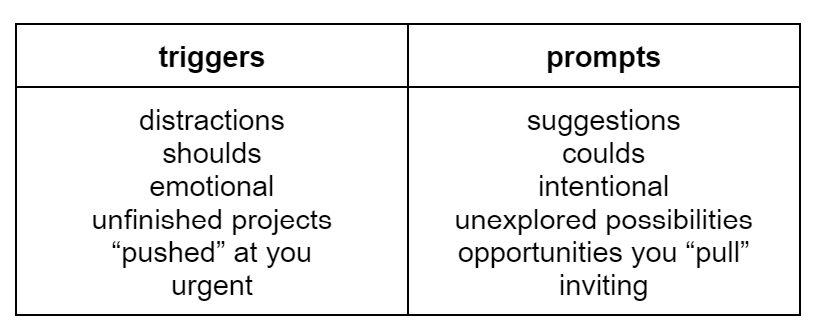
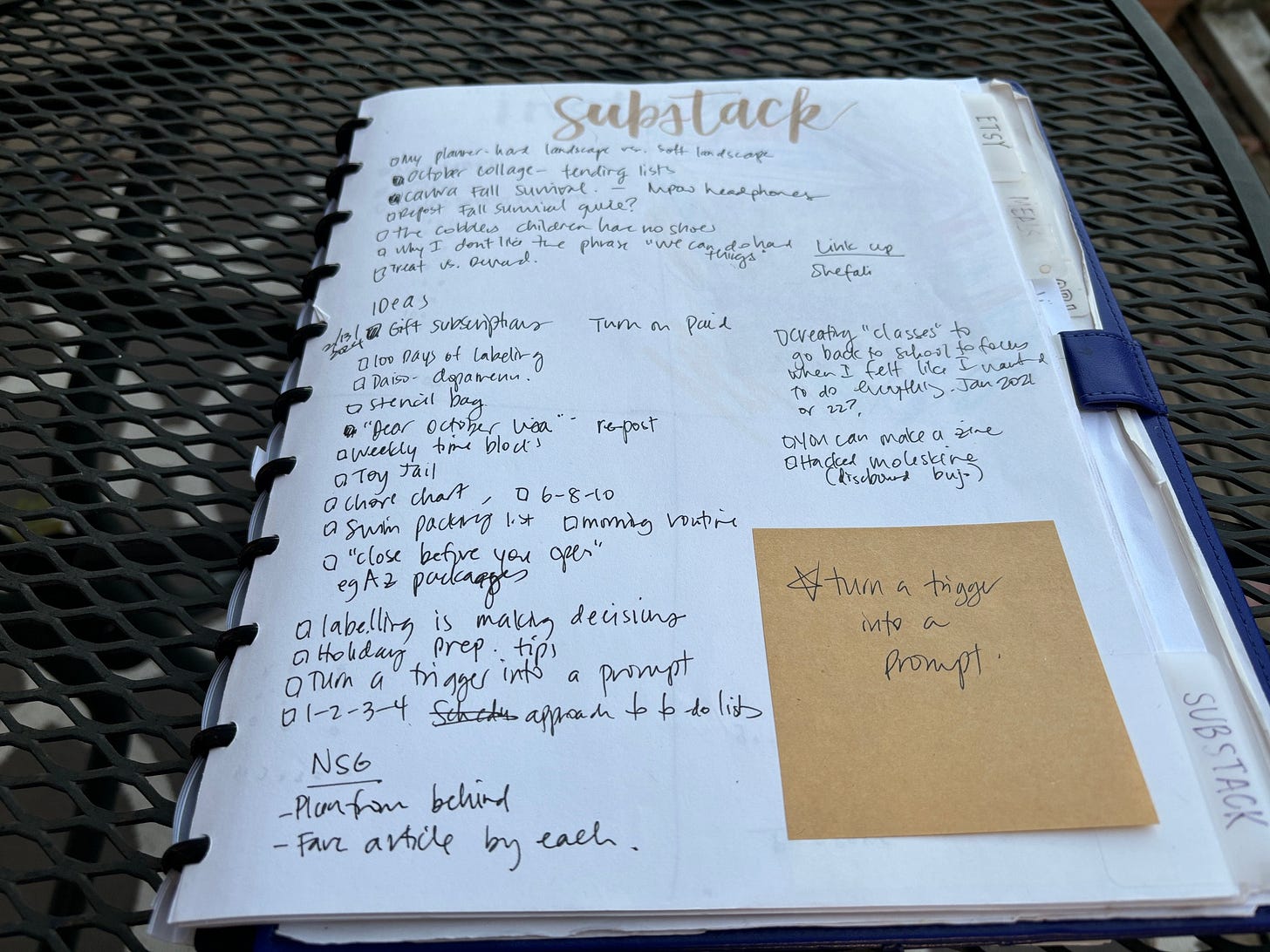
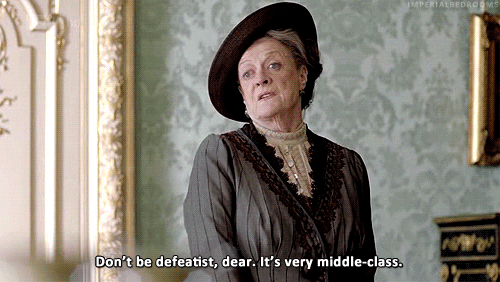
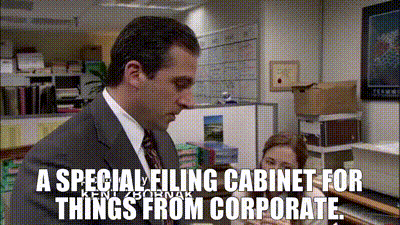
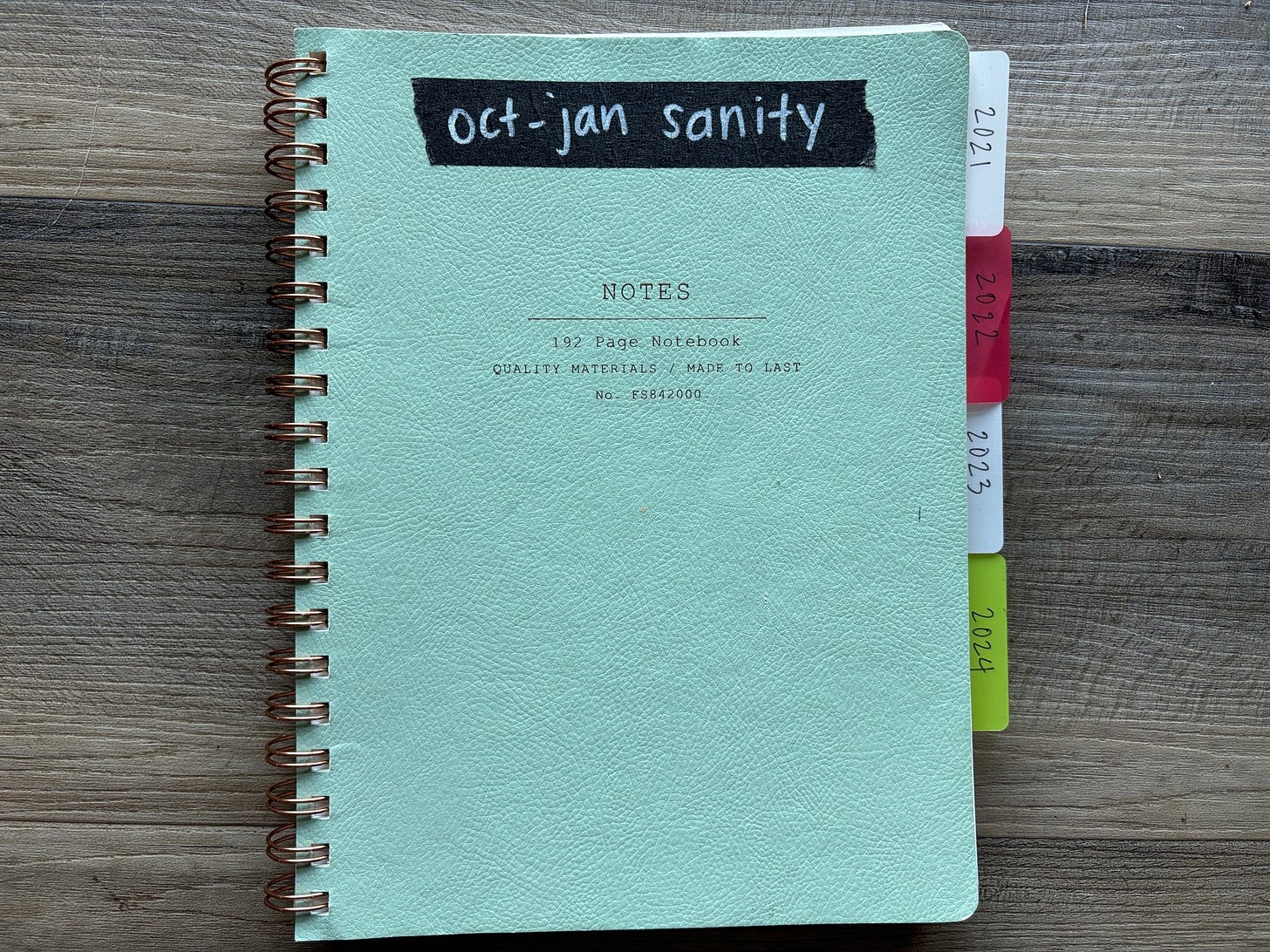
My son just started preschool this year and a bin for dumping all the school stuff is GENIUS.
This is so helpful Thank you!